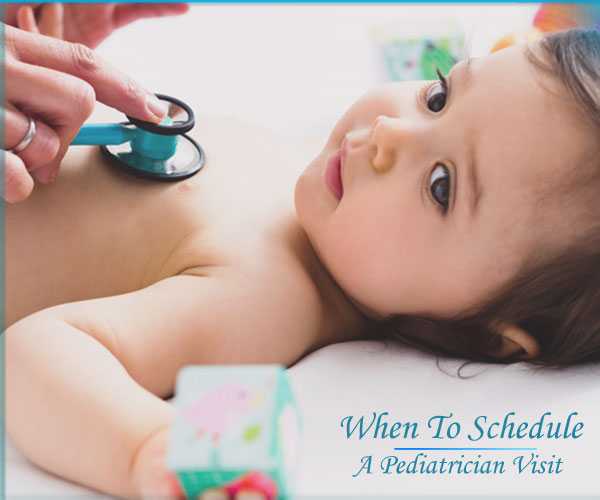Immediate Postnatal Management
- It is highly advisable to conduct preterm deliveries in NICUs rather than have a preterm neonate transfer into one after delivery. Even minimal delays in the transfer & medication of neonates have outcomes that last a lifetime.
- Every preterm birth should be attended by a team of well-experienced pediatricians & assistants who are prepared & well-equipped in advance. A preterm neonate is bound to be born with at least one medical condition that should be immediately catered to. Delay regarding the treatment of the preterm neonate only worsens his/her present state.
- Delivery should be made in warm towels, and the neonate should be transferred to the resuscitation table in heater regulated trolleys to ensure temperature stability. Preterm neonates suffer from high chances of contracting hypothermia that might result in surfactant deficiency, making it difficult for the neonate to breathe.
- Provision of resuscitation equipment near the delivery station is extremely crucial for effective treatment of the neonate post delivery & should be put to use immediately after the birth to ensure the preterm neonate doesn’t encounter respiratory distress in the extra uterine environment. It’s always preferable to avoid chances of respiratory distress through immediate resuscitation than deal with the syndrome once it affects the infant.
- The preterm neonates should be properly dried, placed under radiant heaters, given appropriate stimulation. Her/his fluid filled lungs should be cleared to facilitate breathing, heart rate & color of the skin should be immediately checked & regularly monitored.
- The preterm neonate’s head should be positioned properly to ensure stability.
Neonatal Management
General Precautions
- Preterm neonates have poor insulation coverage that results in rapid heat loss from the neonate’s body which might result in hypothermia. Therefore, neonates must be placed in radiant warmers or incubators with plastic wraps for effective body heat retention.
- Minimal development of cohesion between the layers of skin & premature state of the epidermis makes it extremely prone to infections & easy injury. Hence, usage of any type of soap, disinfectants, adhesives & topical solutions is not preferable.
- In case of Hyperbilirubinemia, phototherapy might be opted along with constant monitoring of bilirubin levels in the neonate’s body.
- The preterm neonate should be immunized against tetanus toxoids, acellular pertusis, and diphtheria.
- In most cases of preterm births, refraining from clamping the cord for one to two minutes helps in stabilizing the neonate’s blood circulation.
- Preterm infants need immediate external respiratory assistance but rigorous ventilation support can have negative impact on the neonate as well.
Respiratory Assistance
- An Endotracheal Tube can be thrust down the preterm neonate to blow humid, oxygenated air to compensate for the neonate’s inability to breathe. The tube is attached to a respirator/ventilator to monitor the amount of oxygen that is ministered to the neonate. It also keeps count of the exhalations & inhalations per minute & records the prevailing air pressure.
- Preterm neonates who can breathe but need assistance with fluid clearance from the lungs are administered with Continuous Positive Airway Pressure (C-PAP).
- Many times, neonates are administered with an Oxygen Hood that envelops their entire head and is connected to an oxygen pumping machine.
- The neonate should be prepared for physical examination once s/he has been adequately stabilized.
Feeding Assistance
- The preterm neonates have poorly developed reflexes hence often fail to suck and swallow the offered nourishment.
- Oral or nasal assistive feeding is provided to the baby where a tube travels down their nose or mouth to transport milk to the stomach. This is usually ideal for babies who can digest the milk but cannot swallow it yet.
- If a preterm neonate is unable to digest milk, the medical staff opts for administration of an IV to the neonate’s arm or leg that carries nutrition directly into the baby’s bloodstream.
- In extreme cases, an Umbilical Catheter is used that is surgically merged with the neonate’s umbilical extension. This method is rarely used.
Kangaroo Treatment
Preterm Neonates who do not adapt well to the extrauterine environment are encouraged to go through the kangaroo treatment where the baby is nestled upright to the mother’s chest to initiate skin-to-skin contact. This process induces the calorimetric transfer of heat from mother to her baby that is crucial for the retention of heat in neonates. The mother’s body temperature is known to rise accordingly if her child is cold to compensate for the Preterm neonate’s heat loss through radiation, evaporation & convection. The Kangaroo position also initiates a convenient breastfeeding position for the preterm neonate which helps with the ingress of necessary nutrition into the child’s body to build up her/his immunity. This intimate activity helps the neonate to fall asleep that can result in the effective increase in his/her weight, leading to a fast recovery status.
Posted in: Management of the Preterm Infant
Comments (0)




